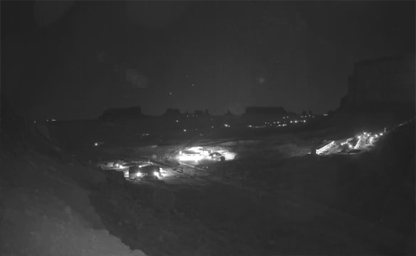
Oljato-Monument Valley
Is one of the most iconic desert landscapes in the world

Is one of the most iconic desert landscapes in the world
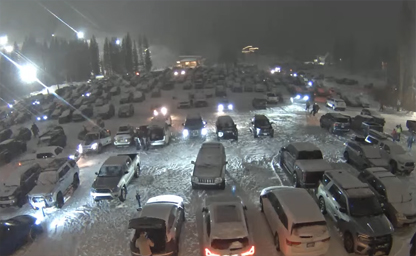
You might know that we get some of the best snow in Utah
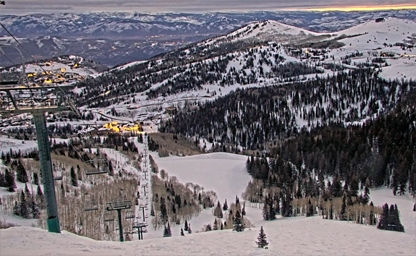
See many different views and discover real-time conditions
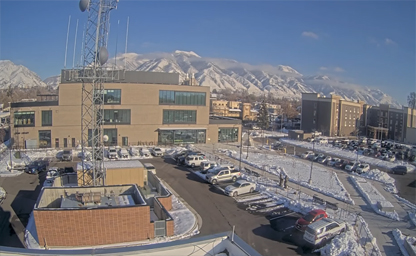
The largest public library in beautiful Cache County
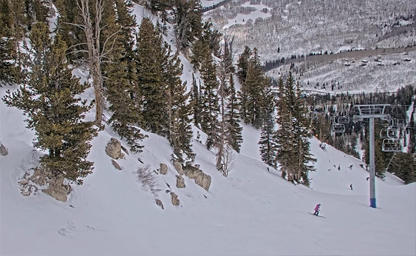
This camera may be shifted to show the Buckeye Junior Gate status before the Black Bess gate opens
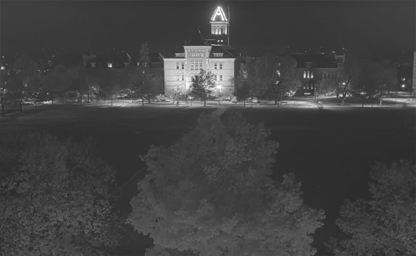
The first building built on the campus of the Agricultural College of Utah
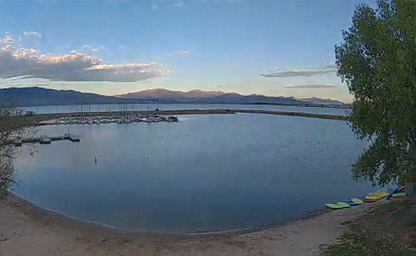
It is part of the Provo–Orem Metropolitan Statistical Area
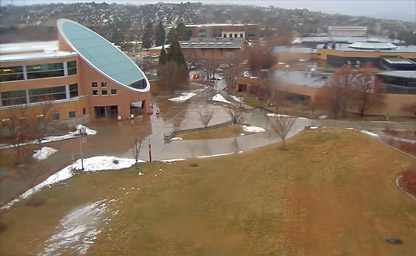
Located on the Southern Utah University campus
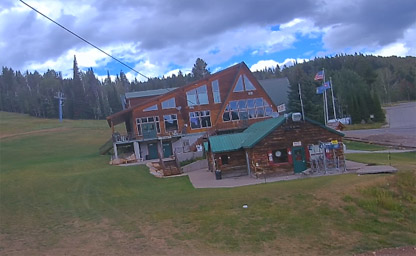
Sitting at the top of Logan Canyon at 7200 feet
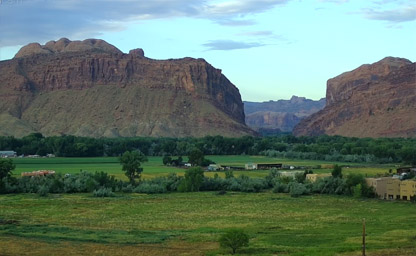
A gateway to massive red rock formations in Arches National Park
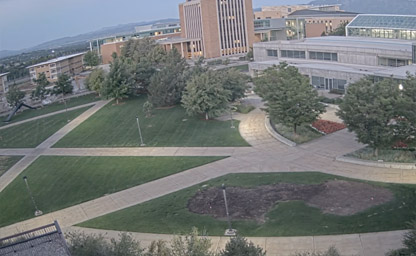
A public land-grant research university with its main campus in Logan
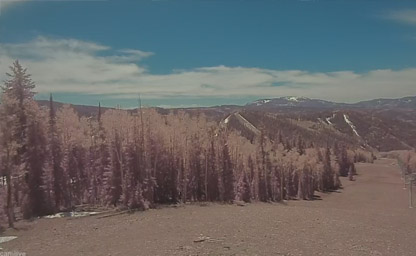
County seat of, Beaver County in southwestern Utah
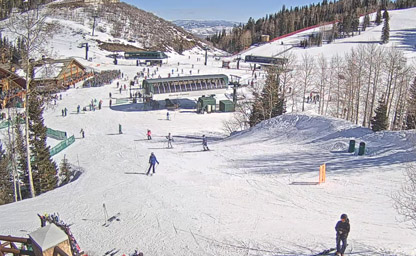
Located from Stein Eriksen Lodge Silver Lake
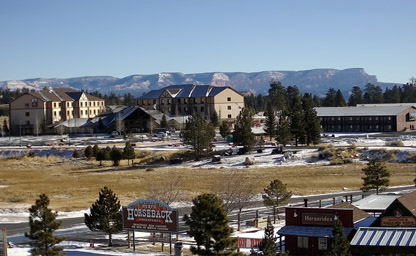
The perfect place to base your exploration of this beautiful area
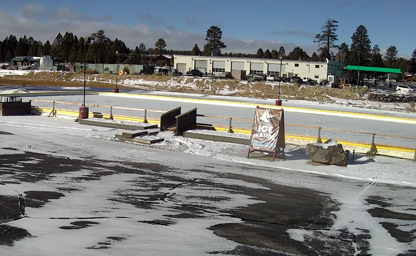
Bryce Canyon became a National Monument
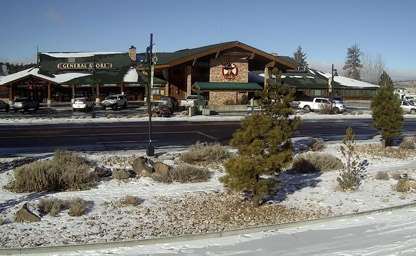
Overview of the area surrounding Ruby's Inn & Bryce Canyon
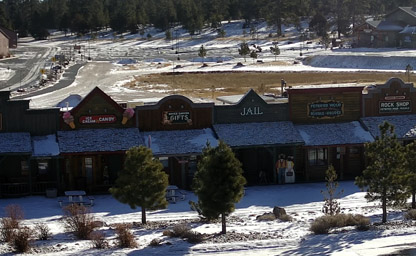
Ruby's Inn at Bryce Canyon is also a destination in and of itself
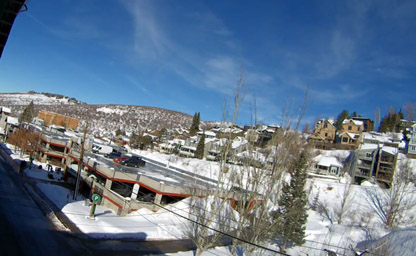
The Canyons is the place to go for your Park City ski vacation
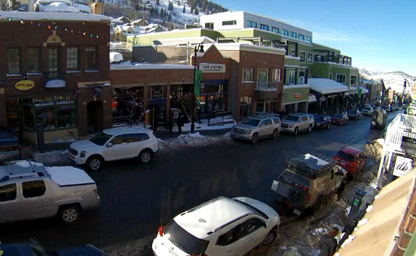
Relax in a rustic ski in/ski out rental on Park City’s best ski slopes
IpLiveCams provide an incredible glimpse into the Beehive State’s diverse and awe-inspiring landscapes, vibrant cities, and outdoor adventures. From the towering red rock formations to snow-capped mountains, these cameras capture the natural beauty and unique charm of Utah.
Nature lovers can enjoy live feeds from iconic locations such as Zion National Park, Bryce Canyon, Arches National Park, and Monument Valley. These webcams showcase dramatic cliffs, natural arches, and colorful desert vistas, offering a virtual escape to some of the most stunning landscapes in the world.
Outdoor enthusiasts will appreciate views from popular ski resorts like Park City, Alta, and Snowbird, where live feeds highlight snowy slopes, mountain lodges, and skiers carving through fresh powder. These webcams provide real-time updates on weather and conditions for winter sports.
Urban-focused cameras in Salt Lake City, Provo, and Ogden showcase Utah’s cultural and economic hubs. Live streams provide a look at city skylines, historic landmarks like Temple Square, and vibrant events happening throughout the year.
Seasonal changes in Utah add to the allure of its live webcams. From the colorful foliage of fall and snow-draped mountains in winter to the blooming wildflowers of spring and sunny summer trails, every season brings a new perspective on Utah’s beauty.
Whether you’re planning an adventure, reminiscing about a visit, or simply exploring from the comfort of home, live webcams from Utah provide an engaging and immersive way to connect with the state’s stunning landscapes and vibrant communities.
The history of Utah is rich and complex, shaped by indigenous peoples, early European exploration, and the dramatic rise of the Mormon community. The state’s roots trace back thousands of years, to the time when Native American tribes like the Ancestral Puebloans (Anasazi) and Fremont people inhabited the area. These early inhabitants left behind impressive cliff dwellings and rock art, visible today in places such as Arches National Park and the Grand Staircase-Escalante National Monument. The Native American presence in Utah was marked by both peaceful agricultural societies and nomadic hunting cultures, each contributing to the state’s early identity.
In the late 18th century, European explorers ventured into the region. Spanish explorers, including Francisco Vázquez de Coronado, were among the first to map parts of Utah during their quest for the mythical Seven Cities of Gold. While their explorations did not lead to the riches they hoped for, the Spanish influence in the region remains, particularly in place names such as the San Juan River and the use of Spanish words for local flora and fauna.
The 19th century brought pivotal change to Utah's landscape, particularly with the arrival of Mormon settlers in the mid-1800s. Led by Brigham Young, the Mormon pioneers established Salt Lake City in 1847, following a difficult journey across the Great Plains and the Rocky Mountains. Young and his followers sought religious freedom and were determined to build a new society based on their faith, which had been persecuted in the eastern United States. The Mormons’ establishment of the Utah Territory, in 1850, marked the beginning of a new era in the state’s history.
Throughout the 19th century, the Mormon community developed a thriving agricultural society in the Salt Lake Valley, while expanding into surrounding areas of Utah, Nevada, and Arizona. Tensions with the U.S. government arose over issues like polygamy, which led to a series of confrontations known as the Utah War. Despite these challenges, the Mormons persevered, and the establishment of the transcontinental railroad in 1869 further connected Utah to the rest of the nation. This railroad revolutionized the state’s economy, facilitating the transport of goods, people, and ideas.
Utah officially became the 45th state in 1896, following the renouncement of polygamy by the Mormon church, which was a prerequisite for statehood. The state’s history continued to evolve, with the development of mining, tourism, and the iconic national parks in the southern part of the state. The state's natural beauty, from the dramatic red rock canyons to the snow-capped Wasatch Mountains, drew visitors from around the world, and Utah became synonymous with outdoor recreation, including skiing, hiking, and rock climbing.
In the modern era, Utah has continued to be a leader in technology and industry, with Silicon Slopes becoming a hub for tech companies. Its strong economic foundation, rooted in agriculture, energy, and technology, has positioned Utah as one of the fastest-growing states in the U.S.
Utah’s climate is as diverse as its geography, shaped by the state's position in the western United States. The state is known for its arid conditions, particularly in the southern regions, but it also experiences significant variation depending on elevation, topography, and proximity to large bodies of water. Most of Utah has a semi-arid or arid climate, with hot summers and cold winters. The northern parts of the state, especially around the Great Salt Lake and the Wasatch Mountains, experience a more temperate climate, which can make for milder summers and colder, snow-filled winters.
Summers in Utah can be extremely hot, particularly in the southern desert regions. Cities like St. George and Moab can experience temperatures that soar above 100°F (38°C) during the peak summer months, making it important for visitors to plan outdoor activities for early morning or late afternoon hours. In contrast, the higher elevations of the Wasatch Mountains and other mountain ranges offer cooler temperatures, even during the summer, making them ideal destinations for hiking and outdoor recreation.
Winters in Utah are characterized by cold temperatures, especially in the northern and mountainous regions. The Wasatch Mountains are renowned for their winter sports, as they receive significant snowfall, particularly in the area known as the “Wasatch Front.” The state’s ski resorts, such as Park City, Alta, and Snowbird, are among the best in the world for skiing and snowboarding. These resorts receive an average of 500 inches (12.7 meters) of snow each year, making Utah’s snow one of its most famous features, known for being light and dry due to the area’s unique climate.
Spring and autumn are transitional periods in Utah, with spring bringing mild temperatures and occasional rain showers that bring life to the desert landscape. Autumn is perhaps the best time to visit for those seeking to experience the changing colors of the leaves in Utah’s canyons and mountain ranges. The fall foliage is particularly stunning in areas like the Uinta Mountains and the Fishlake National Forest.
The state also faces the challenges of drought and water scarcity, especially in its southern regions. The Great Salt Lake, once one of the largest saline lakes in the world, has been shrinking over the years, affecting local ecosystems and water resources. As Utah’s population grows and the demand for water increases, conservation and water management continue to be important issues for the state’s future climate sustainability.
Utah’s geography is one of the most diverse and striking in the United States, with vast deserts, rugged mountain ranges, and deep canyons. The state is part of the Colorado Plateau, a region characterized by red rock landscapes, mesas, and cliffs, along with the Great Basin to the west and the Rocky Mountains to the east. The variety of geological formations in Utah is a draw for nature lovers and outdoor enthusiasts.
The Wasatch Mountains, which run north to south along the eastern edge of the state, are the most prominent mountain range in Utah. These mountains are known for their steep slopes, alpine lakes, and the popular ski resorts that line the Wasatch Front. Mount Timpanogos, one of the highest peaks in the Wasatch Range, towers over the city of Provo and is a popular hiking destination.
In the southern part of Utah, the landscape transforms into stunning red rock formations, including the iconic arches, spires, and buttes that dominate the area. The region is home to several national parks, including Arches, Canyonlands, Zion, and Bryce Canyon, each of which showcases some of the most spectacular natural scenery in the country. These parks are renowned for their towering rock formations, narrow slot canyons, and breathtaking views. Bryce Canyon, in particular, is famous for its "hoodoos," odd-shaped rock columns created by erosion over millions of years.
Utah is also home to the Great Salt Lake, the largest saltwater lake in the Western Hemisphere. The lake, a remnant of the ancient Lake Bonneville, is a unique feature of the state and a key element of Utah's geography. The Great Salt Lake is home to diverse bird species, including migratory birds that stop at the lake’s wetlands during their seasonal travels. The surrounding areas, such as Antelope Island State Park, offer opportunities for wildlife viewing, hiking, and boating.
The state is also crisscrossed by various rivers, including the Colorado, Green, and Bear rivers. The Colorado River, which flows through the southern part of the state, has carved the Grand Canyon and the canyons in Glen Canyon, including the famous Lake Powell. This river system plays a crucial role in the state’s water resources and its outdoor recreational activities, from rafting to fishing.
Utah’s diverse geography makes it a haven for outdoor enthusiasts. Whether you’re hiking in the Wasatch Mountains, rock climbing in Moab, exploring the slot canyons of Zion, or skiing in Park City, the state offers a variety of landscapes to suit every interest. Utah's vast public lands—managed by agencies such as the Bureau of Land Management, the National Park Service, and the U.S. Forest Service—make it a paradise for those who love to experience nature firsthand.
For a unique experience, take a scenic drive through Utah’s “Mighty 5” national parks: Zion, Bryce Canyon, Arches, Canyonlands, and Capitol Reef. Each park offers distinct landscapes, from towering red rock formations to lush valleys. The drive through the state’s southwestern corner offers opportunities for hiking, photography, and stargazing.
An interesting fact about Utah is that it’s home to the world’s largest salt flat: the Bonneville Salt Flats. Located near the Nevada border, these vast, flat plains are famous for land speed records and are a popular filming location for movies and car commercials due to their otherworldly appearance.